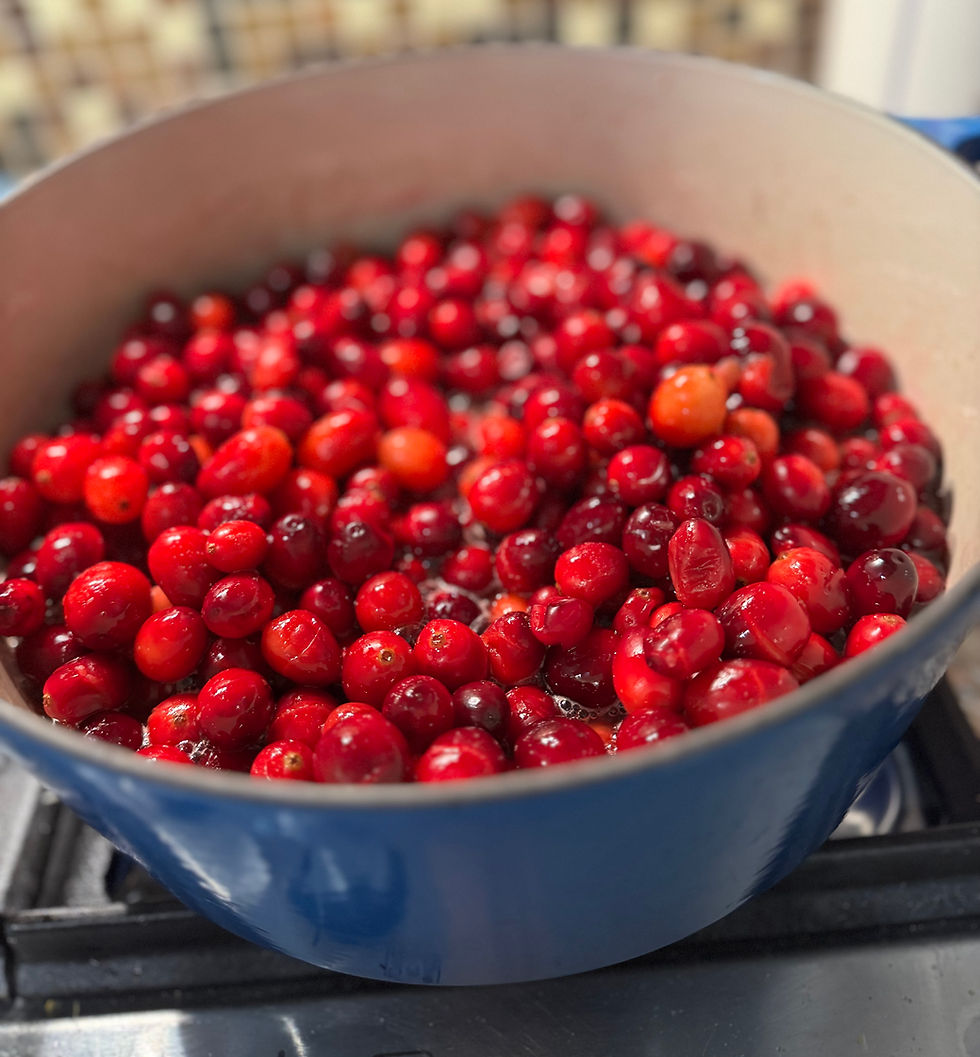Reclaimed,Upcycled,Reused,Repurposed - John Has Done It
- Nona Spillers

- May 8, 2020
- 3 min read
Updated: May 11, 2020
In the first five things you learn about beekeeping - you learn it's really expensive!
Doing something good for the planet should be affordable, right? Not so much. Just to get started you need wood wear - hive body, bottom board, feeder & a lid that can be $100 or more. Then you need protection - we always advocate protection - jacket or veil and gloves - at least $50. Gear - hive tool and smoker $50. Trust me, buy the good smoker the first time. There is nothing more frustrating than being excited to visit your bees and having your smoker give out on you. And then there are the bees! $250 for a nucleus hive. $150 or so if you order a package.
There are definitely ways to save. Using local forums to find used equipment or even hives from folks who are getting out of the hobby can be one option. Joining your local beekeeping group is a must.
Somewhere in all this, I mentioned that John and I are both frugal. And John is endlessly handy. He dove right in to making wood ware. Hive bodies or "deeps" were the first thing he mastered. John is a professional scavenger. He found sources of free wood in the unlikeliest of places -- high school drama departments when they tear down sets, the local hot tub dealer who has crates with the right thickness of plywood and our local networks like Facebook and Next Door. And...in Austin, we have what's called "bulk pick up". One glorious day each season when people can put out unwanted items and the city will pick them up at no cost. Of course that gives frugal citizens like us the chance to drive around and "shop". Austin has a zero waste goal -- and this helps divert things from the landfill.
One evening this Spring John and I went shopping (yes, we have garbage dates) for a friend of ours who has a new house and needed a storage shed. We'd been out for maybe 20 minutes and John spotted something. He eased the truck over to the curb and studied a pile of plastic pieces about chest high. "It's a shed," he said. We got out and started give it a once over. The neighbor came out and told John the story of the shed...he even went to the garage to get a bunch of screws that went with it.
It was a shed alright. A HUGE shed. Too big for our friends needs. And now...it is fully reassembled as our bee shed. Only John Spillers would think to use your blow torch to work out the warps in the floor pieces. And he had to improvise a few connectors with wooden blocks. And - his total investment - a $10 box of screws. For a $600 shed!
You've probably seen pictures (on Pinterest) of artistically painted bee hives with intricate designs. Our bee yard looks a little bit like Easter exploded. That's because John picks up free paint during bulk pick up and gets free paint from the city recycling center. We're not picky about color -- just exterior grade. Turns out the bees don't care either. In fact, they are able to detect colors and shapes and that helps them identify their hive.
I'll add to this theme of frugal beekeeping. I think it's important to share that there are ways to keep bees without it becoming a car payment!





Comments